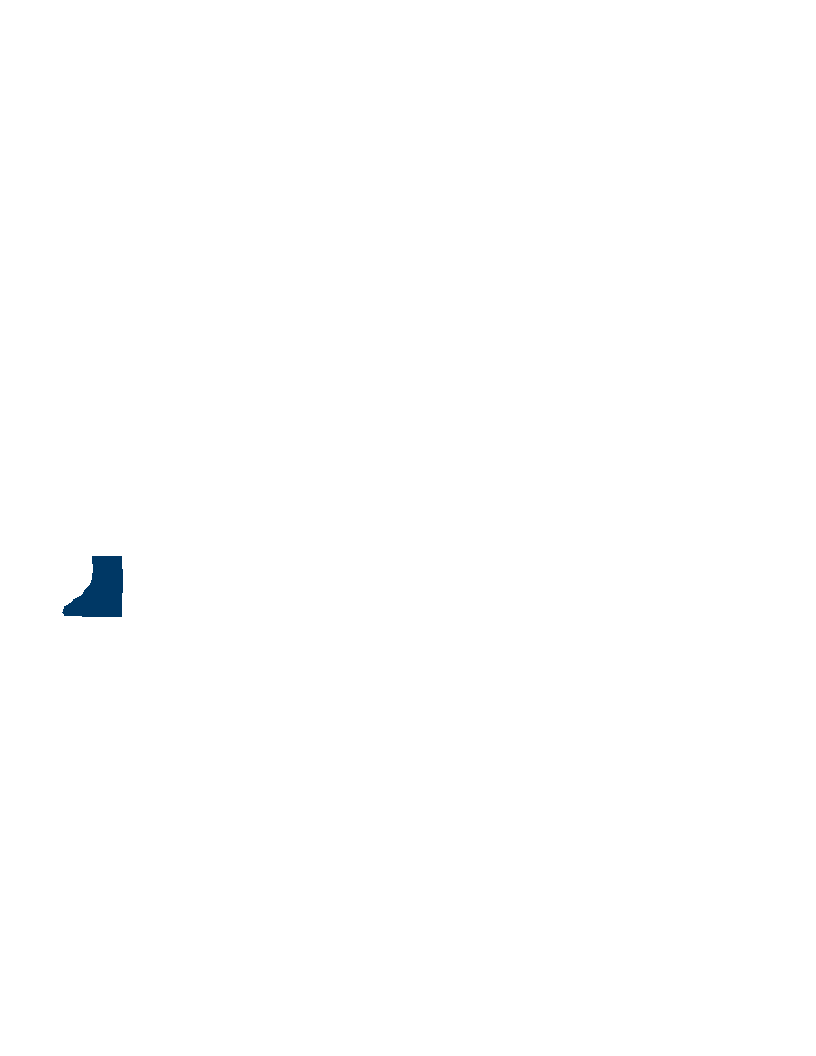Lake Traverse Water Quality Project Phase 2
The Lake Traverse Water Quality Improvement Project Phase 2 (project) will stabilize approximately 1,600 feet of the channel along State Highway 27 and reduce approximately 450 tons per year of sediment transport to Lake Traverse. The BdSWD, in partnership with the Traverse County SWCD, is proposing to construct Phase 2 of the project o resolve severe downcutting and bank failure in the drainage ditch that directly connects to Traverse County Ditch (TCD) 52. The project will reduce bed and bank scour, stabilize side slopes, and minimize erosion, resulting in a significant reduction in non-point source sediment and nutrient loading to Lake Traverse. The project will have water quality benefits to Lake Traverse and downstream waterbodies, including Mud Lake, the Bois de Sioux River, and ultimately the Red River of the North, which provide drinking water to the City of Moorhead. The project will also have natural resource benefits to fisheries and wildlife.
TCD 52 is a well-known, significant source of sediment and nutrients to Lake Traverse and the outlet of the watershed. The BdSWD and local partners have a goal to completely stabilize TCD 52 in a series of phases in a comprehensive effort to address water quality impairments. The WRAPS process, the Traverse County Water Plan Update, BdSWD Overall Plan Amendment (2019), and most recently the One Watershed One Plan process have all identified the TCD 52 system as a priority. The 2019 Overall Plan Amendment specifically identifies the Phase 2 project as a priority. The BdSWD, their partners, and landowners believe it is important to stabilize the downstream reaches near the outlet first. Phase 1 will begin construction in Fall 2020 and be completed in 2021. Phase 2 will be constructed in conjunction with Phase 1, which will result in a full stabilization and habitat improvements to TCD 52 channels downstream of State Highway 27. BdSWD is committed to addressing other problem areas in future phases.
Annie Felix-Gerth
$16,000,000 the first year and $16,000,000 the second year are for grants to local government units to protect and restore surface water and drinking water; to keep water on the land; to protect, enhance, and restore water quality in lakes, rivers, and streams; and to protect groundwater and drinking water, including feedlot water quality and subsurface sewage treatment system projects and stream bank, stream channel, shoreline restoration, and ravine stabilization projects. The projects must use practices demonstrated to be effective, be of long-lasting public benefit, include a match, and be consistent with total maximum daily load (TMDL) implementation plans, watershed restoration and protection strategies(WRAPS), or local water management plans or their equivalents. A portion of this money may be used to seek administrative efficiencies through shared resources by multiple local governmental units. Up to 20 percent of this appropriation is available for land-treatment projects and practices that benefit drinking water.
Since 1960, the Phase 2 channel has lost approximately 26,250 tons of sediment. Phase 2 will eliminate an annual estimated average of 450 tons of sediment entering Lake Traverse and other downstream waterbodies.
This project has resulted in an estimated annual reduction of 7129 lbs of Phosphorus, 1200 tons of Sediment, 0 tons of Soil Loss,
LOCAL LEVERAGED FUNDS
